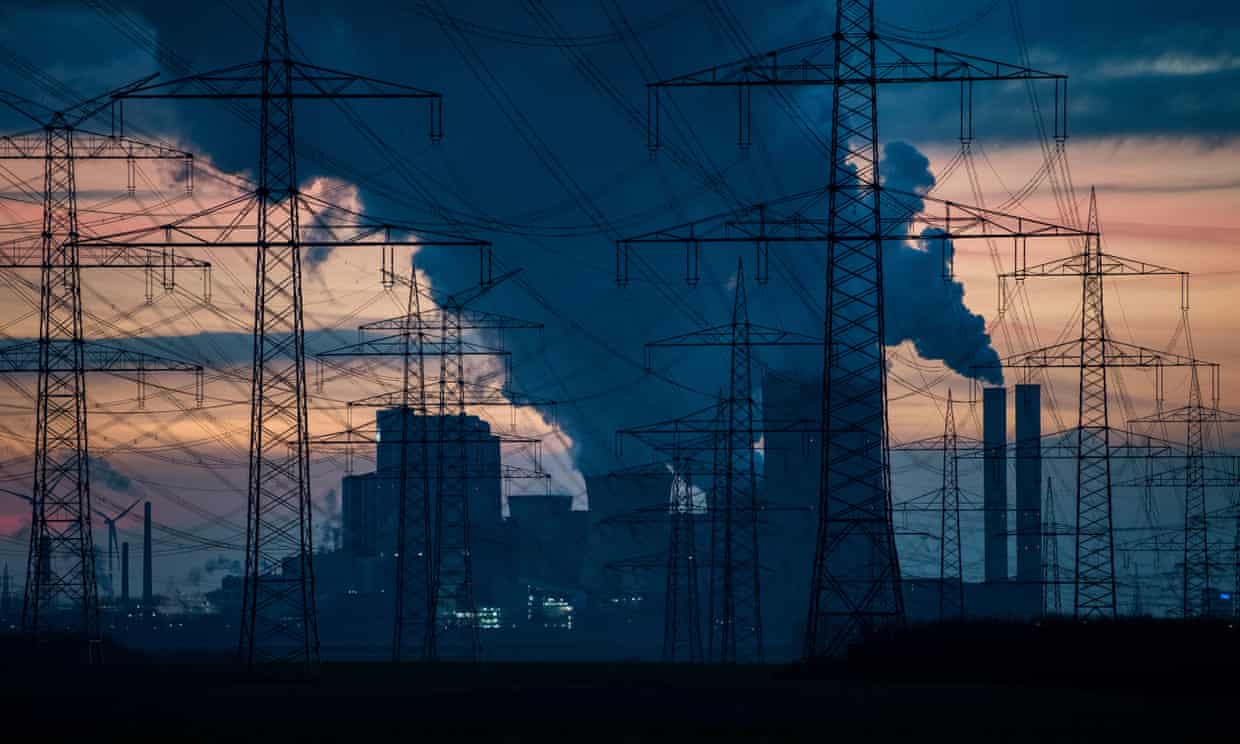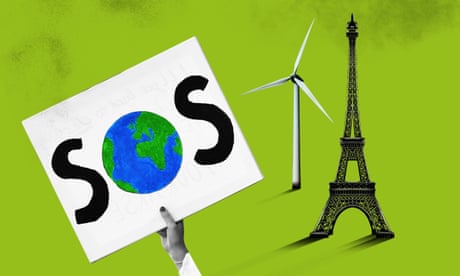Dear Diary. The main purpose of this ongoing blog will be to track global extreme or record temperatures related to climate change. Any reports I see of ETs will be listed below the main topic of the day. I’ll refer to extreme or record temperatures as ETs (not extraterrestrials).😉
Main Topic: Emissions Drop Necessary To Achieve Climate Goals
Dear Diary. With the advent of widespread COVID-19 vaccinations the writing is on the wall in early March that societies will be returning back to normal, and economies will come roaring back the second half of this year. That’s fantastic news except for the ongoing climate war. What will it take to remove the other greater existential threat from existence?
A new study indicates that the answer to this question is the equivalent of one COVID-19 global lockdown every two years over the next decade to meet climate goals. I seriously doubt that will happen given humanity’s propensity for slow change. Yes, we are rapidly beginning to decarbonize but not rapidly enough to prevent the proverbial Titanic from hitting the iceberg, or so it seems. Anyway, here are more details about this new emissions study from the Guardian:
Equivalent of Covid emissions drop needed every two years – study
Equivalent falls in emissions over a decade required to keep to safe limits of global heating, experts say
Fiona Harvey Environment correspondent
Wed 3 Mar 2021 11.00 EST

The annual rate of emissions cuts must increase roughly tenfold from that recorded in high-income countries before the pandemic, the study found. Photograph: Lukas Schulze/Getty Images
Carbon dioxide emissions must fall by the equivalent of a global lockdown roughly every two years for the next decade for the world to keep within safe limits of global heating, research has shown.
Lockdowns around the world led to an unprecedented fall in emissions of about 7% in 2020, or about 2.6bn tonnes of CO2, but reductions of between 1bn and 2bn tonnes are needed every year of the next decade to have a good chance of holding temperature rises to within 1.5C or 2C of pre-industrial levels, as required by the Paris agreement.
Research published on Wednesday shows that countries were beginning to slow their rates of greenhouse gas emissions before the Covid-19 pandemic struck, but not to the levels needed to avert climate breakdown. Since lockdowns were eased in many countries last year, there have been strong signs that emissions will rise again to above 2019 levels, severely damaging the prospects of fulfilling the Paris goals.
Corinne Le Quéré, lead author of the study, said the world stood at a crucial point as governments poured money into the global economy to cope with the impacts of the pandemic. “We need a cut in emissions of about the size of the fall [from the lockdowns] every two years, but by completely different methods,” she said.
Governments must prioritise climate action in their efforts to recover from the pandemic, she said. “We have failed to understand in the past that we can’t have tackling climate change as a side issue. It can’t be about one law or policy, it has to be put at the heart of all policy,” she said. “Every strategy and every plan from every government must be consistent with tackling climate change.”

Sign up to the Green Light email to get the planet’s most important stories
The study joins other research showing that the drastic fall in greenhouse gas emissions associated with the pandemic will have little impact on long-term climate goals, and may be followed by a swift rebound unless countries take rapid action to direct their economies away from fossil fuels.
“There is a real contradiction between what governments are saying they are doing to do [to generate a green recovery], and what they are doing,” said Le Quéré. “That is very worrisome.”
Glen Peters, of the Cicero centre for climate research in Norway, who co-authored the paper, said structural changes were needed to economies around the world to move away from fossil fuels and other high-carbon activities.
“Emissions were lower in 2020 as fossil fuel infrastructure was used less, not because infrastructure was closed down,” he said. “When fossil fuel infrastructure is put into use again, there is a risk of a big rebound in emissions in 2021, as was seen in the wake of the global financial crisis in 2009.”
The paper, published in the journal Nature Climate Change, shows that many of the world’s major economies were reducing their emissions before the pandemic. The Global Carbon Project, a team of scientists from around the world, found that 64 countries had cut their emissions in the period between 2016 and 2019 compared with 2011 to 2015, but 150 countries showed an increase in emissions in the latter period.
Countries must urgently intensify their efforts to cut greenhouse gas emissions, said Le Quéré. The study shows that the annual rate of emissions cuts must increase roughly tenfold from 160m tonnes a year in high-income countries before the pandemic struck.
In lower-income countries, there was no real slowdown in emissions between 2016 and 2019 compared with the previous two five-year periods. Such countries must also drastically slow their rate of emissions increase in the future if the Paris goals are to be met.
Joeri Rogelj, a lecturer in climate at Imperial College London who was not involved in the study, said governments were in danger of slipping back on their climate commitments as a result of the pandemic and the rush to restart stalled economies.
“Governments need to use their recovery stimulus in smart, future-proof ways [but] other analysis has shown very few governments are taking this opportunity,” he said. “Currently, the actions and investments of many governments in response to Covid-19 are driving emissions in the opposite direction.”
Dave Reay, a professor of carbon management at the University of Edinburgh, also not involved in the study, said: “Already there are signs that instead of build back better, it is more often a case of build back, whatever. If we are to have any chance of getting back on track to meet the Paris goals, the route out of the pandemic must be both global and green.”
If there were ever a time to join us, it is now. Every contribution, however big or small, powers our journalism and helps sustain our future. Support the Guardian from as little as $1 – it only takes a minute. Thank you. Support the Guardian
Here is some more February 2021 climatology:
Here is more climate and weather news from Friday:
(As usual, this will be a fluid post in which more information gets added during the day as it crosses my radar, crediting all who have put it on-line. Items will be archived on this site for posterity. In most instances click on the pictures of each tweet to see each article. The most noteworthy items will be listed first.)
Now here are some of today’s articles and notes on the horrid COVID-19 pandemic:
(If you like these posts and my work please contribute via the PayPal widget, which has recently been added to this site. Thanks in advance for any support.)
Guy Walton “The Climate Guy”